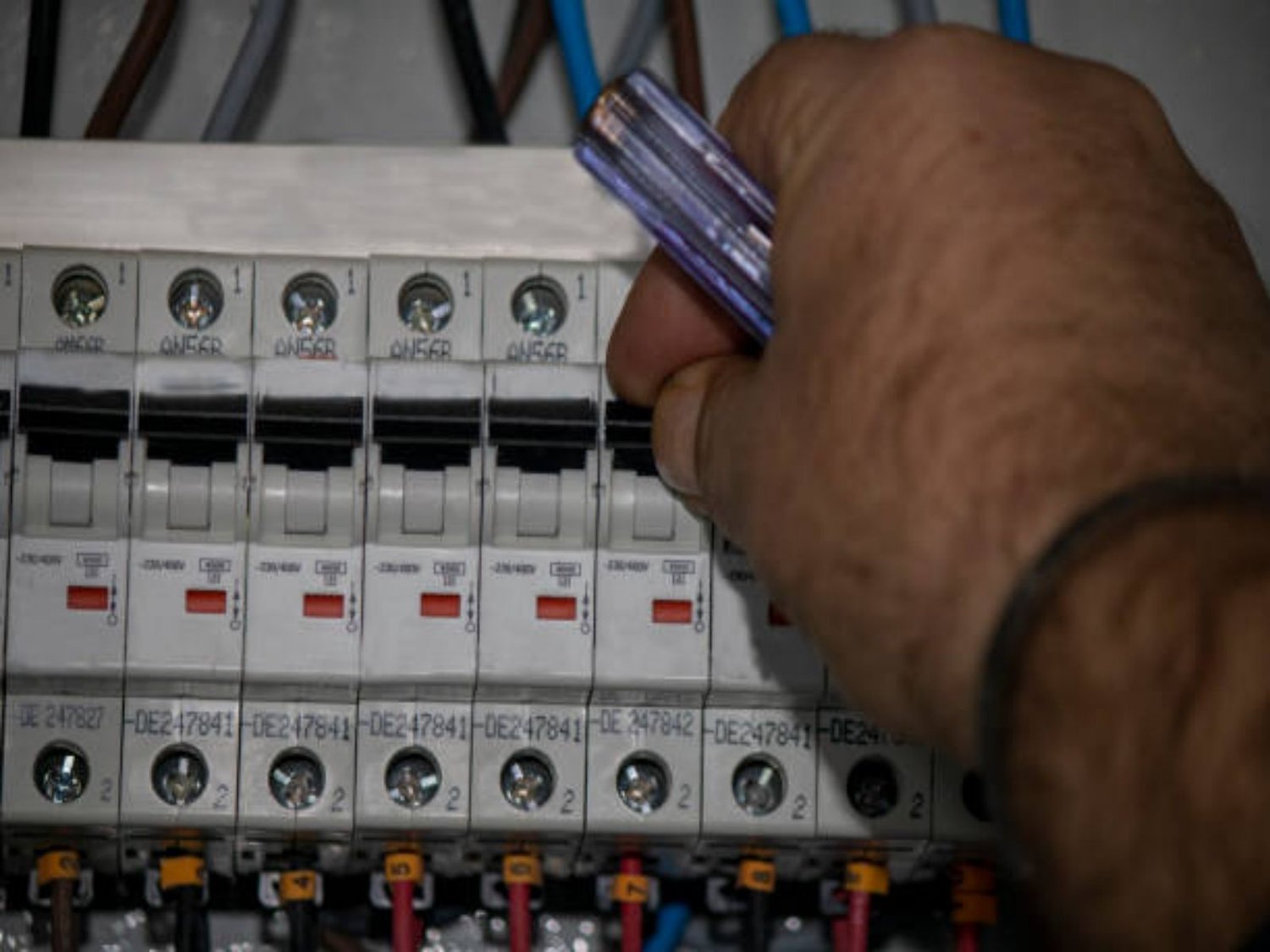Table of Contents

Ac contactor single pole: A Comprehensive Guide
The Basics of an AC Contactor Single Pole
An AC contactor single pole is an electrical device used in air conditioning systems to control the flow of electricity. It is a type of contactor that has only one set of contacts, making it suitable for single-phase applications. The primary function of a contactor is to switch the power supply on and off, allowing the air conditioning unit to start and stop as needed.
Understanding the Working Principle
The working principle of an AC contactor single pole is relatively simple. When the air conditioning system needs to start, an electrical signal is sent to the contactor, energizing the coil. This, in turn, creates a magnetic field that attracts the movable contacts, closing the circuit and allowing the current to flow. When the system needs to stop, the electrical signal is removed, de-energizing the coil and releasing the contacts, opening the circuit and cutting off the power supply.
Key Components of an AC Contactor Single Pole
AC contactor single poles are comprised of several key components that work together to ensure proper functioning. These components include:
1. Coil:
The coil is the part of the contactor that creates the magnetic field when energized. It is usually made of copper wire wound around an iron core. The coil is connected to the control circuit and receives electrical signals to initiate contactor operation.
2. Contacts:
The contacts are responsible for making and breaking the electrical circuit. In an AC contactor single pole, there is only one set of contacts, which consists of a stationary contact and a movable contact. When the coil is energized, the movable contact is attracted to the stationary contact, closing the circuit. When the coil is de-energized, the contacts spring back to their original position, opening the circuit.
3. Arc Suppression Mechanism:
When the contacts of an AC contactor single pole open or close, an arc is formed due to the electrical current. To prevent damage to the contacts and ensure reliable operation, an arc suppression mechanism is used. This mechanism typically includes arc chutes or magnetic blowouts that help extinguish the arc quickly.
The Importance of AC Contactors in Air Conditioning Systems
AC contactors play a crucial role in the operation of air conditioning systems. Without a properly functioning contactor, the system may not start or stop as intended, leading to inefficient cooling, increased energy consumption, and potential damage to the compressor. The use of a single pole contactor ensures the system operates on a single phase, which is common in residential and small commercial applications.
Common Issues and Troubleshooting
Like any electrical component, AC contactors can experience problems over time. Some common issues include:
1. Welded Contacts:
If the contacts of the contactor become welded together, the circuit remains closed even when the coil is de-energized. This can cause the system to continue running even when it should be off. In such cases, the contactor needs to be replaced.
2. Burnt Contacts:
Excessive current or poor contact quality can lead to burnt contacts. Burnt contacts may result in erratic system operation or complete failure. Replacement of the contactor is necessary to restore proper functionality.
3. Coil Failure:
If the coil of the contactor fails, it will not create the necessary magnetic field to attract the contacts. This will prevent the system from starting altogether. Replacing the contactor with a new one is required.
Conclusion
AC contactor single poles are essential components in air conditioning systems, allowing for the proper control of electrical current flow. Understanding their working principle, key components, and troubleshooting common issues can help ensure efficient and reliable operation of your air conditioning system. Regular maintenance and timely replacement of faulty contactors are crucial to avoid system malfunctions and potential damage.
